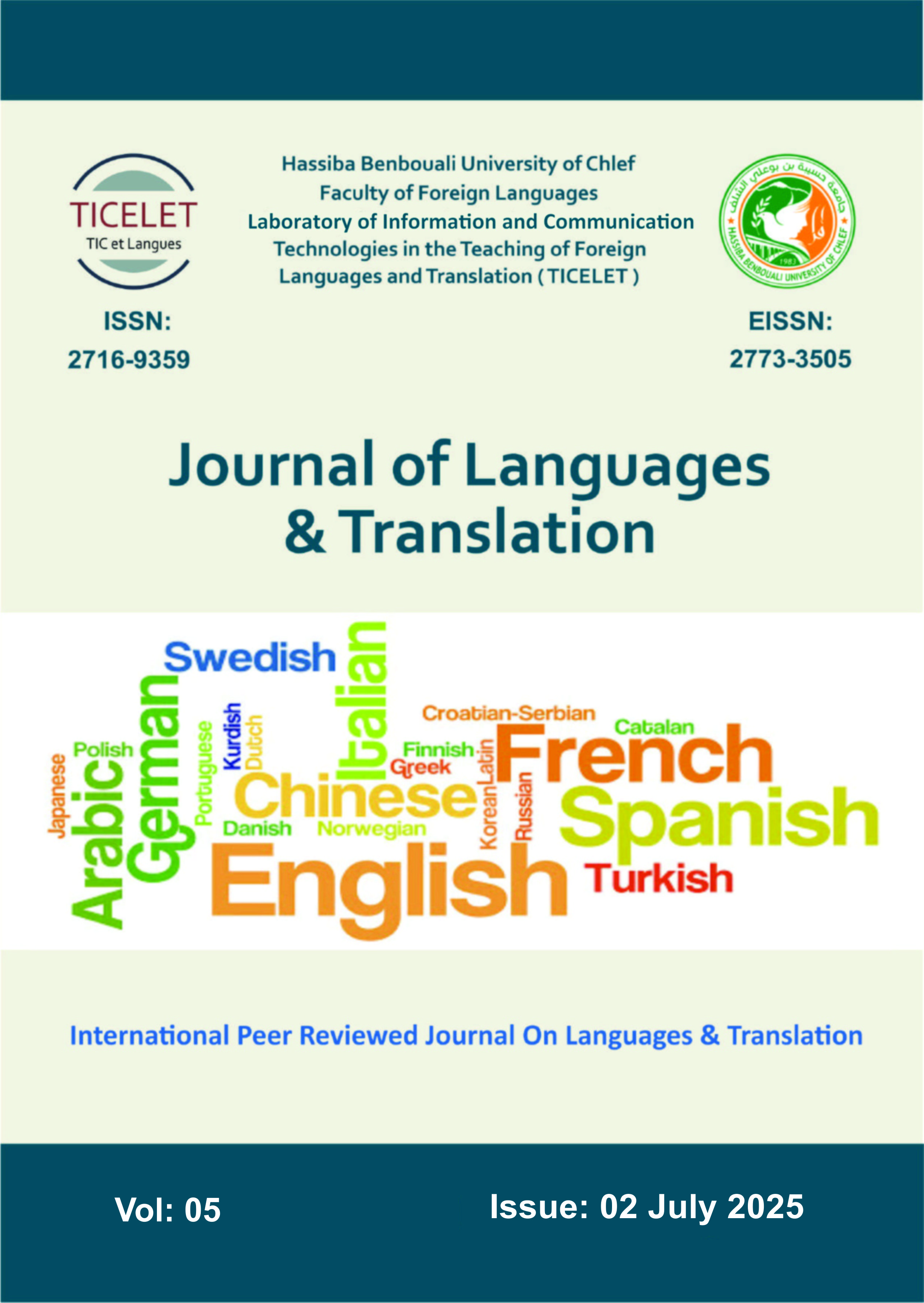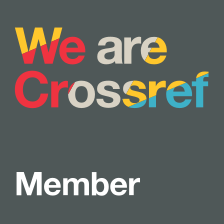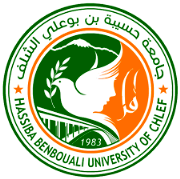Caught in the Crosshairs: Pinpointing Child Language Brokering Across Ages A Theoretical Approach
DOI:
https://doi.org/10.70204/jlt.v5i2.593الكلمات المفتاحية:
Bilingualism، Child Language Brokering، Interpreting، Language acquisition، Translation Studiesالملخص
Children can become “wards of the state”; however, how should one then view the parents and peers who rely on children to serve as their personal interpreters in vast arrays of situations? Could such persons be “wards of interpreter children”? Or, more accurately, do these children become “child language brokers”, as they are more commonly referred to Translation Studies? Child language brokers willingly and inadvertently step in as linguistic intermediaries across a sundry assortment of situations and environments. This begs the questions: (1) are all child language brokers equally proficient in thier interpreting tasks? (2) Is there an ideal age group that should be targeted for early exposure to interpreting training? This paper explores the phenomenon of child language brokering beyond the cultural lens by proposing theoretical frameworks for investigation. It also argues for recognizing interpreting ability as an indicator of multilingual talent and competence. The proposed investigations are grounded in a Translation Studies-approach and will employ methods such as Think Aloud Protocols (TAP), interviews, and interpretation “tasks” to assess the potential for interpreting or translation competency. Further, this paper also compliments research in Second Language Acquisition (SLA), demonstrating that an interdisciplinary relationship between Translation Studies and SLA could indeed be mutually meritorious.














